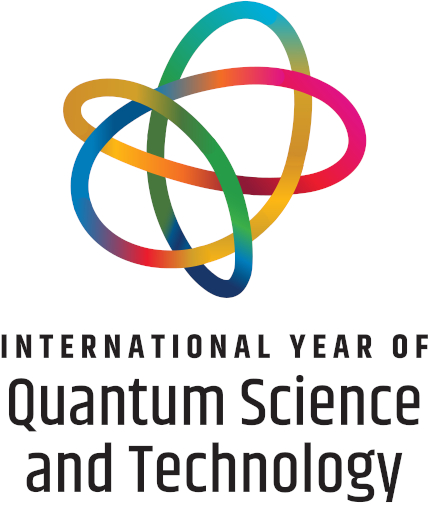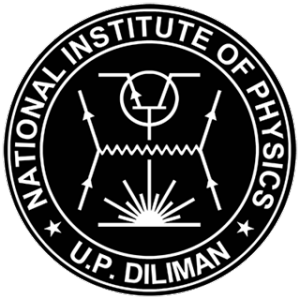Spin-photonics
Abstract
Since the demonstration of light-induced magnetic phase transition in (In,Mn)As, the first III-V-based magnetic semiconductor epitaxial layer, the author has been elaborating the concept of spin-photonics on the basis of influence of light on spins with various experiments. The reason why I have been interested in using light is because the interaction rate of light with a "charge-electron" is as fast as 1015 Hz in terms of frequency, thus suggesting the opportunity of controlling spins in such an ultra-fast time regime with the spin-orbit interaction. The past few decades has been devoted primarily to build a framework in which spins and charge motions both participate. Thanks to those efforts, knowledge in spintronics has been materialized into the realization of ultra-high-density magnetic storage and development of integrated non-volatile memory. At present, scientists worldwide are about to start building the second framework in which spin information is input, processed, and output without the charge motion. To this end, I am, with my colleagues, studying the way to manipulate spins in magnetic materials with light. At the present stage, it is very important to pave the way toward establishing fundamental concepts of optical manipulation of spins. A key is the spin-orbit interaction, and, in order to understand this interaction better, we pursue experimentally (a) how fast we can manipulate ordered-spins and (b) to what extent the power of optical excitation can be reduced to manipulate ordered-spins, together with efforts to develop new materials systems to pursue (a) and (b). Other important subject is establishing fundamental concepts of devices for mutual conversion between light and spins. We study this with (c) circularly polarized light emitters/detectors and (d) spin-controlled optical waveguides. I will review those topics by showing recent experimental results obtained in my laboratory.
Downloads
Issue
Physics linkfest: Spanning science & technology
23-25 October 2013, University of San Carlos, Cebu City











